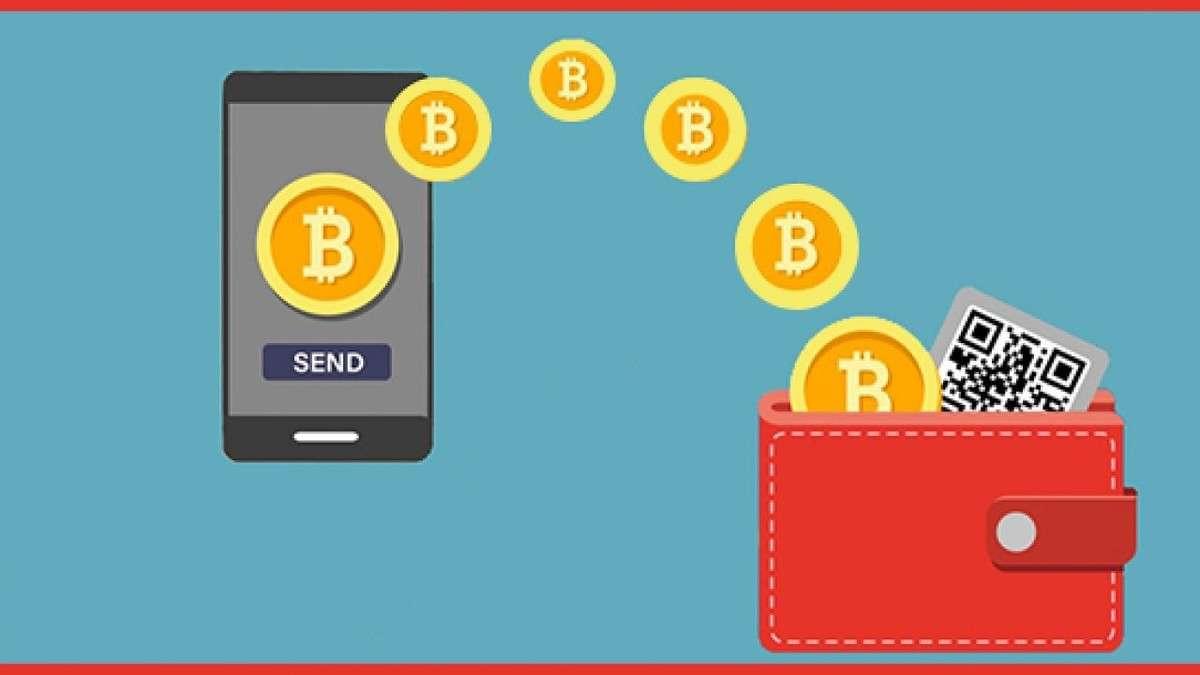Intrinsicly evisculate emerging cutting edge scenarios redefine future-proof e-markets demand line
Gallery Posts






Working Hours
| Mone - Fri: | 09:00 - 06:00 |
|---|---|
| Saturday: | 09:00 - 12:00 |
| Sunnday | 09:00 - 04:00 |
| Monday | 09:00 - 05:00 |
Content
It also assists you in driving purchases, subscriptions, and mobile app installs. Branch.io is also a popular attribution and linking platform for mobile app marketers. If you value app insight and customer experience of using the app, you must try Branch.
Simply put, mobile attribution is tracking the source of incoming app installs. To find out which channels of user acquisition work best in the long-term, attribution also covers in-app events that occur after the download (post-install events). In the majority of cases, user journeys consist of multiple touchpoints, meaning that there are various ways to attribute. Popular attribution models such as the single-touch and the multi-touch are all rule-based. For example, mobile attribution platforms usually use multi-touch attribution. The goal here is to find out the value of each customer touchpoint that results in a conversion.
When tracking events, advertisers can choose which post-install events constitute a conversion for a particular ad campaign. However, this is an example of a very general feature – you might look for something more specific in attribution platforms. For example, the ability to track data in cohorts and the ability to choose time zones to avoid any data deviations and increase accuracy. Mobile attribution covers the entire user journey and allows you to track what made the user install your app or game as well as any action they take after installing it. When done correctly, mobile attribution can help you better understand which campaigns are driving results and convert those insights into better-performing future campaigns.

Tenjin is a platform that offers marketing data for mobile app and game developers. Many top f2p games use this software as it aids user acquisition and monetization. Launch – This is a free plan that includes up to 10k monthly active users and it’s perfect for small businesses. It offers all of the basic features, including cross-platform attribution. Furthermore, Branch focuses on people-based attribution, which makes it different from all other mobile attribution platforms.
This anonymous ad tracking ID is sent to Google Play when a user clicks on an ad, and if an app install or an in-app event happens consequently, the result is passed back to the app attribution tool. As Theodore Roosevelt once said, the more you know about the past, the better you are prepared for the future. An accurate analysis of historical data is a prerequisite for https://xcritical.com/blog/what-are-cfd-liquidity-providers-and-how-to-choose-one/ business success. Building a winning paid marketing strategy is especially important because it involves cost – companies cannot remain in business without turning a profit. Given that global digital ad spend was around $378 billion in 2020 alone, marketers must identify the best working channels and campaigns to improve return and profitability within a limited budget.
This is done by giving equal weight to all touchpoints and recognizes that it takes a variety of interactions to convert a customer. The U-shaped attribution model is a popular way to attribute credit across the buyer’s journey. This model gives a higher percentage to the first and last touchpoints than those in the middle. Mobile Attribution assigns a value to a specific marketing action that resulted in a conversion (i.e., someone who became a customer). It allows you to measure their campaigns’ effectiveness and determine which channels are generating the most conversions. Great mobile attribution measures cross-platform journeys, is customizable, and crucially, provides insights for marketing optimization.
The company sharply reduced the information available to mobile attribution platforms with the release of iOS 14.5 in April 2021. Because iOS is one of the most popular mobile platforms, this shift has influenced many enterprises worldwide. Attribution for PC games has traditionally been overlooked by games marketers, historically biasing towards brand spend instead of performance marketing.
Inside State Farm’s Super Bowl LVII mobile strategy.
Posted: Thu, 09 Feb 2023 08:00:00 GMT [source]
If you want to improve your mobile marketing strategy, mobile attribution is a topic you shouldn’t overlook. Overall, mobile ads make up a bigger portion of the total spend on digital advertising, and this share is expected to reach 68% by 2027. This coincides with smartphones being the main way of accessing the Internet; in 2022, almost 60% of web traffic was coming from mobile devices.
With the help of retention reports, you can see how well your app is doing in terms of user engagement and harness the best customer retention strategies. As you set up mobile attribution for your business, there are a few best practices that you should keep in mind. Also, it is slightly harder to track from the mobile web to the app marketplaces such as Google Play, Apple App Store, and more on mobile devices. In light of the different options, choosing the type of attribution model that meets your marketing needs is essential.
Be sure to choose a workable multi-touch attribution for mobile that best suits your needs and supports your marketing goals and objectives. Mobile marketing attribution is the process of identifying and measuring the impact of marketing campaigns on user behavior and conversions. It involves tracking user actions, such as clicks, installs, and purchases, and attributing them to specific marketing channels and touchpoints. These parameters are collected when those two actions occur and in a way that does not compromise users’ privacy. Then, MMPs analyze all these parameters and behavioural data through machine learning algorithms in order to attribute the marketing action to a specific app install campaign and media source. Probabilistic attribution is not 100% accurate but it is highly accurate and provides an effective alternative to deterministic attribution as it does not rely on IDFA and totally respects users’ privacy.
It is especially bad if it is a paid tool, paid tools supposed to help us be more efficient not the other way around. Cohort and pivot tables visualization within the attribution provider dashboard is a ‘nice to have’ feature. Attribution providers have a set of default events within their SDKs already laid out for devs to implement. These default events normally come with naming conventions defined by the provider and are not necessarily ideal for your app. I would normally talk to the game designer and product owner to figure out together which post-install events could be useful indicators of traffic quality.
